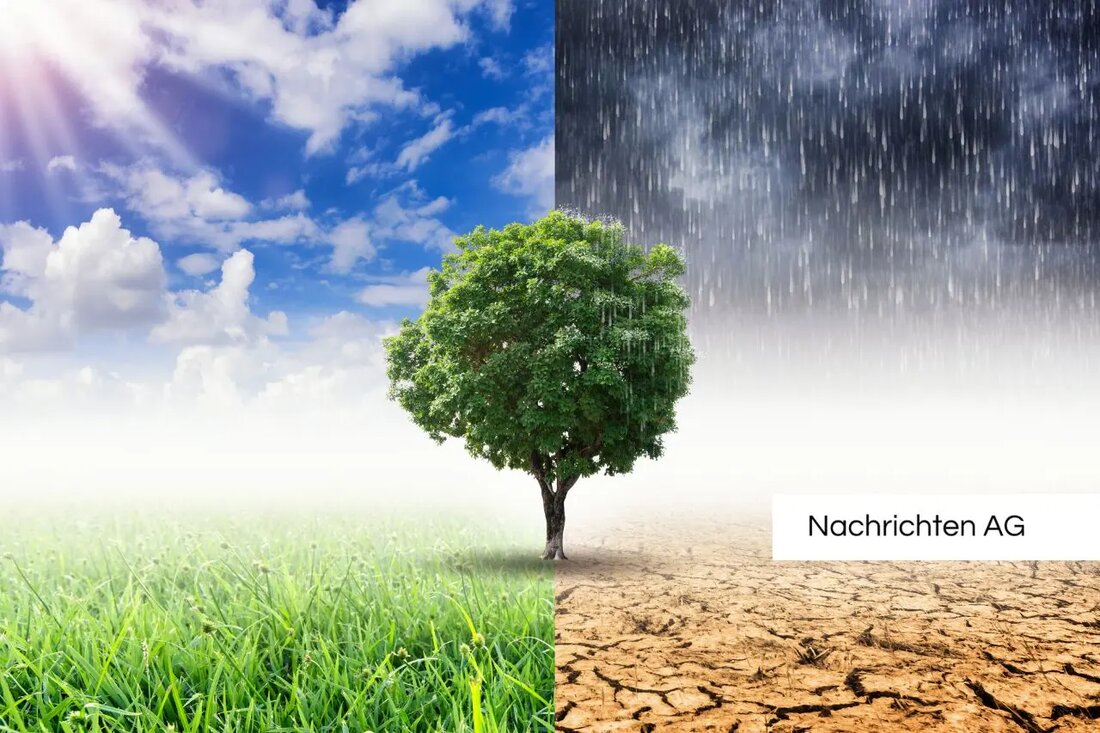Biber back in Offenbach: Nature conservation as an ecological miracle!
Biber back in Offenbach: Nature conservation as an ecological miracle!
In the Offenbach city area, the beaver (Castor Fiber) has successfully settled, and the population has already established several areas. This return is particularly noteworthy, since the animal was eradicated in Hesse in the 16th century and was released into the Spessart around 40 years ago. The current spread of the beaver in urban regions shows the ability of this kind of adapting to changed habitats and creating new ecosystems that are advantageous for many other types.
The Office for the Environment and Climate in Offenbach plays a crucial role in accompanying this return. It promotes responsible handling of the protected animal species, which is considered an ecological key species. Beaver dams have an important function: they create secondary biotopes that offer living space. This is particularly relevant in times of the climate crisis, such as the wwf helps to increase the diversity of species and the regeneration of flowing water to promote.
The role of the beaver in ecosystems
The shallow water zones and wetlands created by beaver insights are particularly advantageous for types of amphibian such as frogs, newts and toads. These habitats offer protection and reproductive options, which are often missing in other, dense urban areas. In addition, the beaver contributes to the climate adjustment by regulating the rivers, holding back water in the landscape and thus stabilizing the groundwater levels.
The city administration of Offenbach observes the development on the Bieber and actively communicates with the beaver consultant of the state of Hesse, volunteer beaver managers, as well as the affected farmers and infrastructure owners. The municipal working group (KAG) Rodau-Bieber, which includes several cities such as Dietzenbach, Dreieich, Heusenstamm, Mühlheim, Obertshausen, Offenbach, Rödermark and Rodgau, sent a letter to the Hessian Ministry of Agriculture and the Environment in December 2024. It welcomes the settlement of the beaver and referred to solutions for dealing with this species in densely populated regions.
legal framework and protective measures
The Office for the Environment and Climate has made it clear that both the beaver and its dams and buildings are legally protected. It is forbidden to disturb the animals or to damage their lives. Interference on the supposed "help" for the beaver are not allowed, since these animals usually get along alone. The destruction of a beaver embankment is not only a violation of nature conservation law, but can also trigger uncontrolled flood waves that can cause serious damage.
Measures in the environment of beaver regime must always take place in coordination with the responsible authorities in order to ensure the protection of this important way and to minimize conflicts with agricultural use. The cooperation between the city administration, the volunteer beaver managers and the farmers is therefore essential to promote sustainable coexistence.
The return of the beaver to Offenbach is a positive example of successful nature conservation measures. The city has the opportunity to benefit from this key species not only ecologically, but also culturally. Citizens are invited to find out more about developments around the beaver and actively participate in their protection.
For further details on the importance of the beaver in today's time and its role in the ecosystem, interested readers can access the WWF website
| Details | |
|---|---|
| Quellen | |


Kommentare (0)